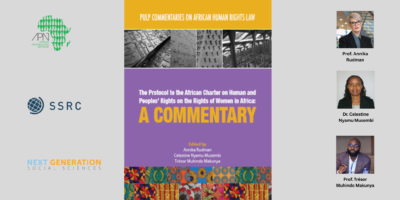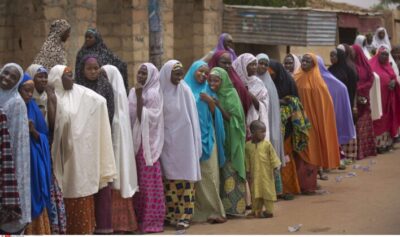Richard Madsen has done me the favor of reading my book carefully and sympathetically. He points out that the complexity of comparative analysis increases immensely when one does away with assuming unified cultural wholes. The kinds of narratives that were built in the past on the assumption of unified wholes have become impossible, and with them the kind of theorizing that characterized comparative analysis. In the view of many scholars, that means an end to comparative analysis. How can one do comparison of shifting, disintegrating social and cultural realities? How can one compare India and China when one respects the fragmentary nature of society?
Latest posts
Pope Francis and liberation theology
by Brian HamiltonOne year into Francis’s papacy, many observers—both inside and outside the Catholic community—are still holding their breath. He has certainly made a good first impression.
Modern spirits
by Jason Ā. Josephson-StormThe Modern Spirit of Asia is like a brilliant pencil sketch for an uncompleted oil painting. Something inspiring appears in abstract, but the necessary shading hasn’t been done, and any effort at further illumination will necessarily transform what is depicted. The book traces in provocative outline the recent histories of India and China, arguing that neither formulations of modernity were merely derivative or defective imitations of the West, and that the degree of colonial encounter entwined religion and nationalism differently for each. While its larger goals are admirable, it fails to justify them by doing truly original research or rigorous theorizing. I agree with many of Peter van der Veer’s conclusions, but I fear that anyone who isn’t already singing from the same hymnal isn’t going to be converted.
Churches and public schools
by Paul Silas PetersonOn April 3rd, 2014, The United States Court of Appeals for the Second Circuit upheld (by overturning the judgment of a lower court) the decision of the New York City Board of Education to exclude groups (in this case, churches) from using school facilities outside of school hours “for the purpose of holding religious worship services.”
Looking back while hurtling forward
by Richard MadsenAt a time when the late twentieth century giants of comparative social science—like S.N. Eisenstadt and Robert Bellah—have recently passed away and when most of the younger generation of social scientists are preoccupied with narrowly focused research questions, it is heartening to see Peter van der Veer reviving the great tradition of comparative inquiry into the cultural origins and consequences of modernity. The Modern Spirit of Asia is an ambitious book that sets a new standard (and a hard standard to meet!) for comparative studies of religion and modernity. The level of erudition is impressive, but unlike the work of most comparative historical sociologists of an earlier era, the knowledge of historical documents is undergirded by an experiential, ethnographic knowledge of the languages and cultures of India and China (as well as extensive knowledge of European languages). Beset by pressures for specialization and for rapid and steady “productivity,” younger scholars will find it difficult to reach the level of scholarship displayed in this book.
Comparing China and India
by Peter van der VeerThe Modern Spirit of Asia is a book about India and China and the ways in which they have been transformed by Western imperial modernity. In my understanding, the onset of modernity is located in the nineteenth century and is characterized politically by the emergence of the nation-state, economically by industrialization, and ideologically by an emphasis on progress and liberation; “imperial modernity” is the formation of modernity under conditions of imperialism. This book is an essay in comparative historical sociology, informed by anthropological theory. Comparative historical sociology of culture is a field that was founded by Max Weber and practiced by his followers, of whom the late Robert Bellah and the late S.N. Eisenstadt are among the best known. It has been connected to interpretive anthropological theory and to insights gained in ethnography, especially in the work of Clifford Geertz.











